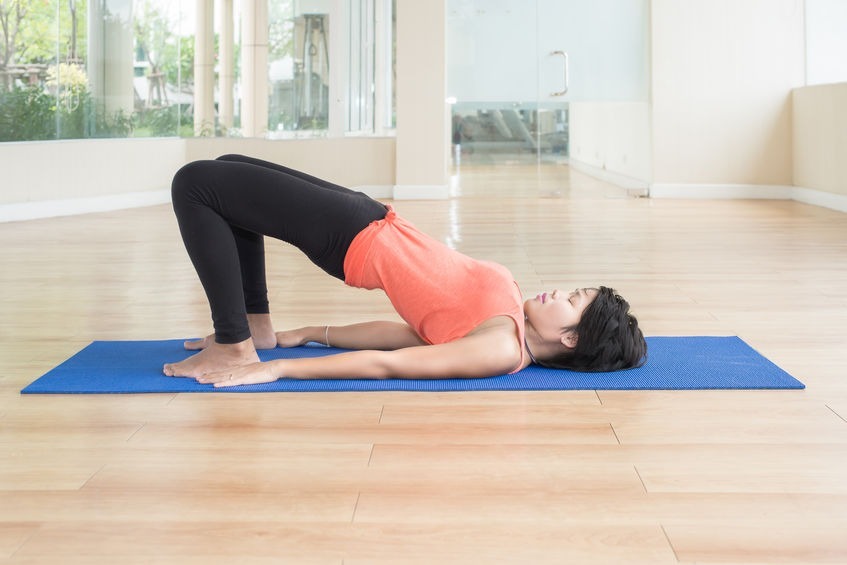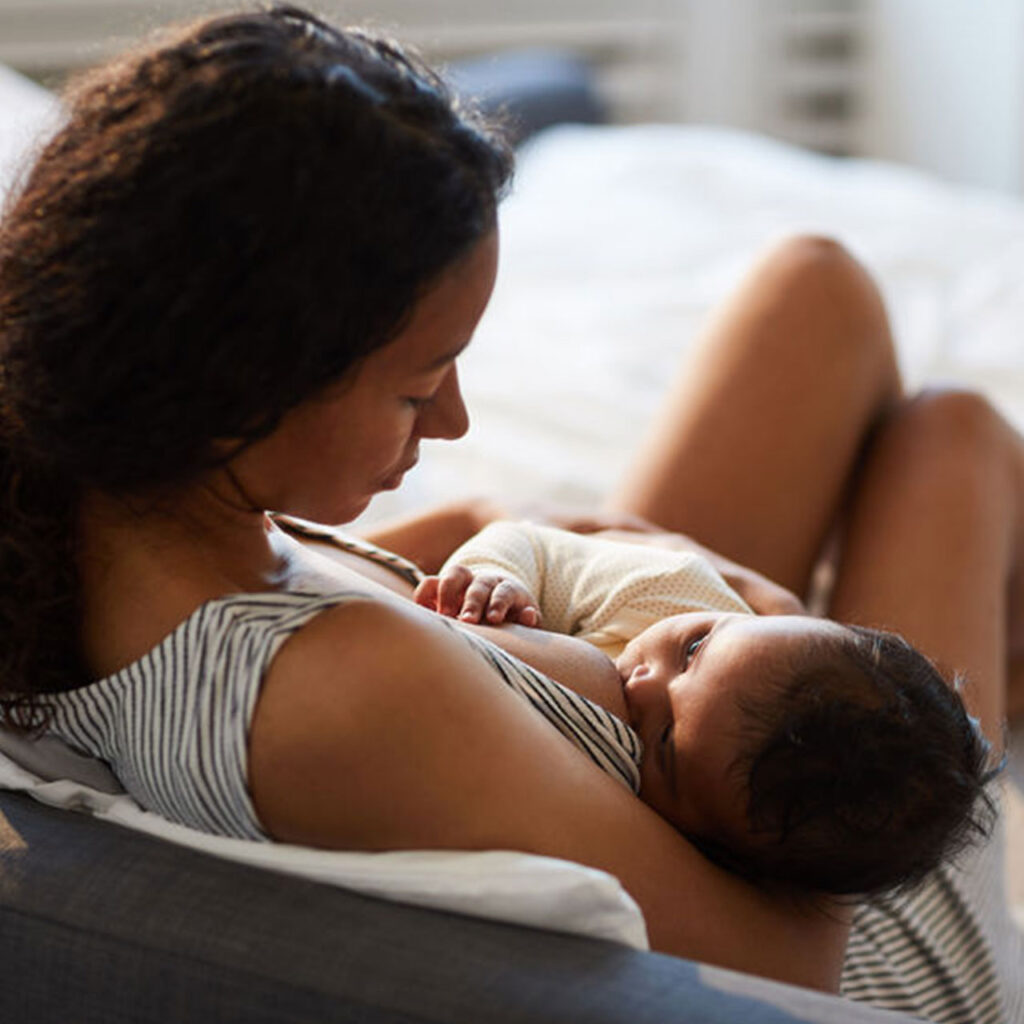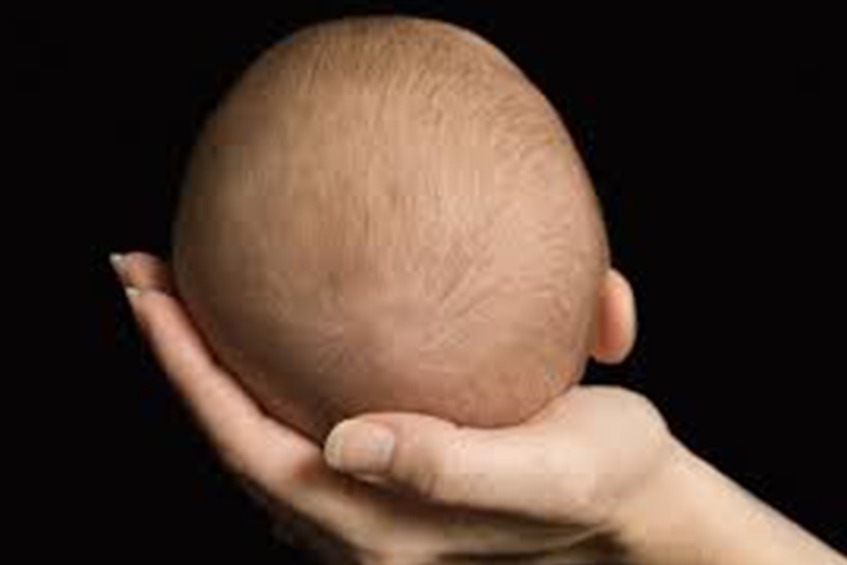Did you know osteopaths have to do 90 hours of Continuous Professional Development (CPD) on a three year cycle?
This means we keep our skills, knowledge and evidence base up to date so we ensure the treatments your family receives is top notch.
New courses, new skills = better care for your family
At Cheadle Osteopathy our focus is always on what is going to benefit the patients we serve across Stockport and Greater Manchester. This helps to guide what CPD we choose. We think carefully about how it will enhance us as Osteopaths and the team, in terms of what we can offer to you as patients.
From completing tongue tie practitioner training, to helping with headaches, movement patterns and injury prevention….and much more.
Check out what we’ve been up to and how Pietro is working towards getting his paediatric qualifications. So, what have we been up to this CPD year?
Rob
This year I’ve done a number of smaller courses including:
- Accredited Display Screen Equipment Assessor Course
- First Aid
- Safe guarding
- Headaches – classifications and screening for worrying headaches, what headaches are appropriate to treat and when to make referrals
- Lower Limb Tendinopathy Course’ including: Plantar heel pain, Achilles, Patella, hamstring and gluteal issues – looked at current concepts and management of tendon disorders in lower limb by managing the load on the tendons through exercise and education

But my main focus has been on a comprehensive course, to become a corrective exercise specialist, with the National Academy of Sport Medicine.
I already treat a lot a sports people and have a background in personal training and sports medicine. This course is expanding my knowledge of functional movement patterns in the body. It can be used to identify compensation patterns, areas of strength and weakness and the using this knowledge to build bespoke rehab programmes.
I’m excited to start using it with the patients looking for an osteopath across Stockport and Greater Manchester. The opportunity to help prevent injuries, especially recurrent ones, recover, more quickly for exercise and to help patients meet their fitness / sporting goals more easily, will be amazing.
Cyril
I have undertaken various course this year including:
- Headaches – up to date classifications, screening for worrying headaches, up to date referral and
treatment protocols for different types of headaches - Pelvic tendinopathies (inflamed tendons) -best practice for diagnosis and treatment
- Safeguarding vulnerable adults and children
- First aid adults and children
- Shoulder pain and rehab updates
- Train the trainer Workstation Assessment ( High Speed training)

This year a lot of my focus has been on manual handling and ergonomics training.
Part of my job involves a consultancy & training role for ITV staff, for natinal and regional news teams. With this in mind I have taken further training to update my knowledge and skills in line with current guidance. The training syllabus has been adapted to reflect the changes in hybrid working post COVID.
This has not only helped my work with ITV but has been integrated into advice and supported offered to patients in clinic as well. I have taken time to update and compile an ergonomic home / office working guide for patients as well.
Along with Gemma and Rob I completed quite a comprehensive online course about headaches. It’s an incredibly complex subject so we looked at classifications, screening for worrying headaches and treatment and referral protocols. We commonly see patients with headaches so the ability to screen and categorise types of headache sand ensure the correct treatment protocols, has bee invaluable for myself and the patients.
I have also updated my first aid for babies and adults and completed a safeguarding course for vulnerable adults and children. Its essential that patients in our care are safe at all times.
Gemma
This is just a snap shot of some of the things that I have been up to this year:
- Headaches – up to date classifications, screening for worrying headaches, up to date referral and treatment protocols for different types of headaches
- Pelvic tendinopathies (inflamed tendons) -best practice for diagnosis and treatment
- Latest research in Pelvic Girdle Pain causes and treatments
- Spinning babies – helping to use the movements of the mother’s body to get baby into a good position for birth and assist with a smoother delivery
- Advanced Tongue Tie Practitioner Qualification – training to assess tongue function in babies and support with feeding and onward referral
- Safeguarding vulnerable adults and children
- First aid adults and children
- LGBTQI+ Equality, diversity and inclusivity training in healthcare

The highlights of my CPD year have been doing my advanced tongue tie practitioner course and the spinning babies.
I often see babies who come in with feeding difficulties and formalising my qualifications in assessment of tongue function has been so important in ensuring parents and their babies are getting the best up to date, evidence-based advice. Supporting and helping families, across Stockport and Greater Manchester, to reach their feeding goals is such an essential first step in the life of parents and babies.
I also recently completed a spinning babies course in Dublin. This looked at ‘physiology before force’ – so basically using the mother’s body and movements to prepare herself and the baby for birth, rather than trouble shooting in labour, when issues have occurred.
I have supported expectant parents for several years with getting their babies into a good position for delivery but having the spinning babies techniques as an extra in my ‘tool bag’ has been incredible. Can’t wait to use it more and more.
Hannah
This year I’ve been focussing lot on building my cranial osteopathy skills with the Sutherland Cranial college. This will not only enhance my practice treating babies and children but will widen my scope of treatment options for adults too – I’m seeing some great results already; patients are loving it.
So far, I’ve done:
- 1st year of life – covering all developmental milestones, feeding digestion, sleep and red flags, ensuring I’m an even safer practitioner.
- The brains and emergent behaviours – identifying signs of behavioural and learning issues, sleep disturbances, headaches in children and nervous system.

The highlights of this year’s CPD was the first year of life course as it solidified my knowledge I had gained from my paediatric postgraduate certificate, as well as analysing my findings from a cranial osteopathy point of view. It has equipped me with new techniques and a way of thinking that I was able to develop and build upon with both children and adults.
I’ve got big plans to carry this through into next year and have already signed up for:
- Identifying milestones in babies – what we can do to encourage them and how to integrate if they walked and never crawled, for example. For those babies I treat at the moment, most of you will have been advised to roll each way after every nappy change!
- Movement patterns within adults and how to retrain their brains when there is a disconnect – could be linked to childhood milestones or something as simple as an ankle sprain.
- Further paediatric modules in breathing mechanics and digestion
- Breathing patterns in adults and how to ensure the breath is reaching the right part of the body. Especially helpful in making sure the organs in our abdomen and pelvis are moving correctly.
Pietro
It’s important for me to keep my skills and knowledge up to date. It guarantees the best and highest standards of care for my patients. My main areas of interest in osteopathic practice are cranio–sacral work, biodynamics and visceral (organs) work. As an extension of my cranio-sacral work, I have been pursing my interest in paediatrics. I developed a love for this ever since my first osteopathic treatment, aged 10, where I experienced first hand how osteopathy helps to support children as they grow. For this reason, much of my CPD this year has focused on paediatrics course.

I have attended:
- A Manual Approach to Treat the Unsettled Baby: focused no analysing the pain aspect in babies, evaluating the autonomous nervous system, the vagus nerve, the vestibular system, gastroesophageal reflux, colic and constipation.
- An introduction to working with babies and children: aimed to identify the main sign and symptoms related to specific condition and/or disease in which case a referral to a specialist would be needed.
- Shadowing Gemma in clinic with paediatric patients.
Other courses I have enjoyed are:
- Operator Update Course for Cervical, Thoracic and Lumbo-Pelvic Spinal Radiography focusing in identified abnormalities on X-Rays examination, analysing how to manage any specific condition during the treatment
- The meaningful movement: explaining how the metabolism in our body can change due to stress, depression, trauma can lead to some conditions and how to reduce this level of stress during the 6 treatment.
I feel the CPD I have done so far, this CPD year has given me more specialist knowledge in my areas of interest and enables me to better serve the patients I see day to day. I look forward to keeping learning, as the CPD year progresses.
If you’re looking for an osteopath in Stockport or Greater Manchester, you can be sure you are in great hands with our team. We have something to support people of all ages and for a wide variety of problems. Check out our *personal profiles too to see who would be the best fit for you. If you need any help, let us know and we can happily talk through your options.
Find out more:
Meet the team
Osteopathy for babies and children
Osteopathy for sports injuries
What we can help with
